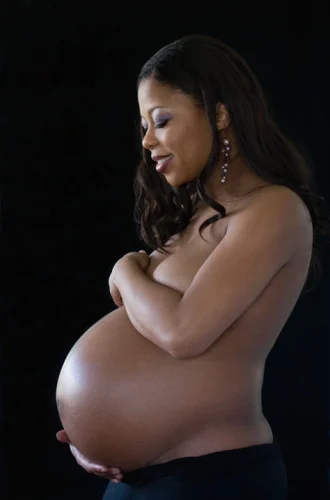I often feel like a pretender. I’ve woven a tapestry of little white lies for my five-year-old, creating a facade that feels almost like a conspiracy. I find myself deceiving her daily, using the classic fibs of single parenthood to steer her behavior—like saying we can’t go to the toy store because it’s closed or insisting that if she doesn’t behave, I’ll leave without her. I’ve also upheld cultural myths, convincing her of the existence of a jolly man in a red suit who flies around the world delivering gifts to children. There have been slip-ups, like the time I mentioned how lucky she was to receive holiday gifts, inadvertently leading her to question why “Santa” doesn’t visit kids in need. “Why won’t Santa come to poor kids?” she asked, her innocent curiosity piercing through my carefully constructed narrative. “Um, let’s not worry about that right now. Look, a shiny toy!”
I’m familiar with the art of creating constructs—whether it’s about a mythical elf or the idea that America has more princesses than Europe can count, who all conveniently reside in Orlando. However, one particular construct stands apart from the rest.
Like many parents, I lie awake some nights, consumed with worries about the child I’m raising. I fret over finances and question my decisions, but unlike most parents, the young girl under my care isn’t biologically mine. I didn’t give birth to her, nor have I legally adopted her. She’s a ward of the state, and as much as I try to see her as anything but a statistic, that’s exactly what she is. And so am I, in a way. The most significant construct I’ve built revolves around the essence of our bond. She calls me “Mommy” and believes she came from my tummy, a notion that strays further from the truth than a wild celebrity endorsement.
The chances of me having a child in the traditional sense were always slim. I’m gay and only briefly considered the idea of artificial insemination, like the character in “Look Who’s Talking.” But I never pursued that, as I didn’t want to deal with the questions about my anatomy that would inevitably arise.
When I turned 33, my life took a turn when my 17-month-old niece, Mia, came to live with me. Instead of becoming the single mother of my dreams, I found myself more like Diane Keaton in “Baby Boom,” minus the million-dollar baby food idea and charming co-parent. My first significant shift with Mia was simply changing her crib, while my journey was a countdown to her independence. After her first week of nursery school, the caregiver asked if she could call me “Mommy.” All the other kids had mommies, after all. I hadn’t given it much thought, but I agreed, realizing it would be comforting for Mia to feel included.
Fast forward four years, and Mia has lived with me for almost as long as I can remember. I’ve navigated this parenting journey mostly solo, with occasional help from friends. There’s no co-parent in sight, nor are there grandparents nearby. My life has been sculpted around her needs. I’ve learned how to change diapers, manage car seats, and soothe a crying child. I traded my bar-hopping social life for playdates and chose my home based on the school district. I even welcomed a cat into our family when Mia was two, whom she named Gus after a character from “Cinderella.”
Throughout these years, I’ve discovered much about myself, including how long I can endure the Barney theme song before I snap. But more importantly, I’ve realized the sheer depth of love I can feel for another person. It’s a love so vast it can be overwhelming, and I would do anything to protect her.
They say no two people perceive colors the same way, and I sometimes ponder if my love for Mia mirrors that of a biological mother. I used to worry about it, but I’ve come to believe that my love is just as profound, if not deeper. My affection for her is immeasurable.
This love is what has led me to maintain the elaborate construct of our relationship. For all intents and purposes, I am her mother. I care for her, nurture her, and comfort her. However, this construct, like many childhood illusions, will eventually need to change. One day, she will ask about her origins, and I won’t be able to point to a sticker or brush it off with a joke. I often avoid this conversation, telling myself there’s plenty of time. I want to shield her innocence, but the truth will come out, and I’ll have to explain that while labels may define our relationship in a certain way, our love is what truly matters.
I’ve come out before, and if this experience is anything like my previous ones, I know there will be tears. I can only hope she understands and doesn’t see me as a fraud. Perhaps she’ll even find a new nickname for me—like “poophead”—while still calling me Mom. I’m ready for both.
If you’re considering expanding your family through alternative means, check out this excellent resource for pregnancy and home insemination for guidance. Also, you might want to explore authority sites like Cryobaby for insights on home insemination kits. For more personalized advice, don’t hesitate to reach out through this contact page.
In summary, my journey as a caregiver to a child who isn’t biologically mine has been filled with both challenges and immense love. I’ve crafted a world where I am her mother, but the day will come when I’ll need to confront the reality of our situation and explain our unique relationship.
